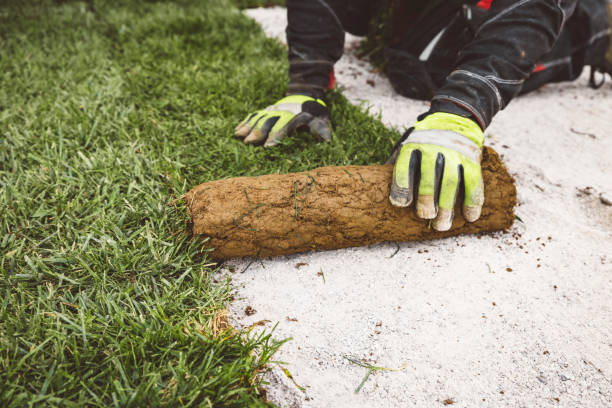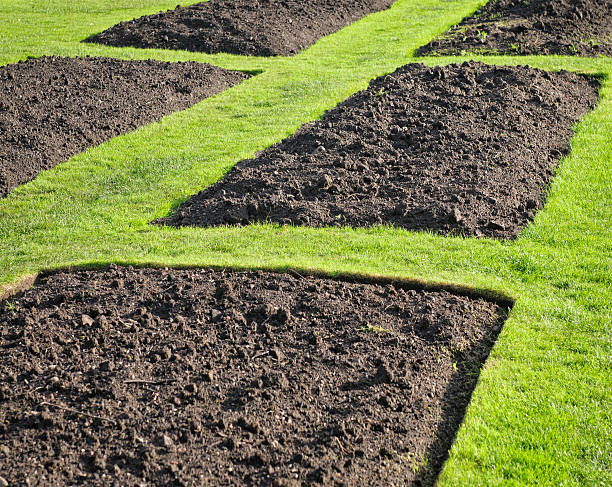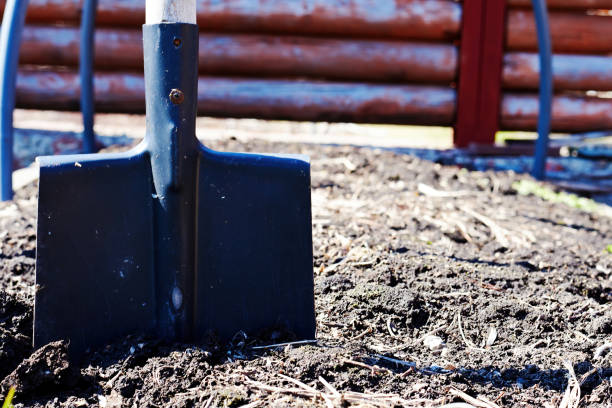How to Level Your Yard for Artificial Turf
Installing artificial turf in your yard offers a myriad of benefits, from a lush green appearance to low maintenance requirements. However, before you embark on this project, it is crucial to ensure that your yard is properly leveled. Leveling the yard provides a smooth and even surface for the artificial turf to be installed, ensuring optimal aesthetics and performance. In this article, we will guide you through the process of leveling your yard step by step, ensuring a successful installation of artificial turf.
Assessing the Yard
Before starting the leveling process, it is essential to conduct a thorough assessment of your yard. Walk around and inspect the area for any existing issues such as slopes, bumps, or drainage problems. Identifying these issues early on will help you plan the leveling process effectively.
Gathering the Required Tools and Materials
To level your yard, you will need a few tools and materials. Some of the essential tools include a shovel, rake, wheelbarrow, string level or laser level, and a roller or plate compactor. Additionally, you may require topsoil or sand, depending on the condition of your yard.
Removing Vegetation and Debris
Before leveling the yard, it is crucial to clear the area of any vegetation, weeds, or debris. Use a shovel or garden fork to remove plants and weeds, ensuring a clean surface. Dispose of the vegetation and debris properly, following your local guidelines.
Leveling the Soil
Once the yard is clear, you can begin the leveling process. Start by addressing any high spots in the yard. Use a shovel or rake to remove excess soil, gradually bringing the area to the desired level. Similarly, for low spots, fill them in with topsoil or sand, ensuring a smooth and even surface.
Addressing Drainage Issues
Proper drainage is essential for the longevity and performance of artificial turf. If your yard has drainage issues, it is crucial to address them before leveling. Consider installing drains or creating slopes to ensure water flows away from the turf area.
Using a Laser Level or String Level
To achieve precise leveling, you can utilize tools like a laser level or string level. These tools help you determine the height variations across the yard accurately. Follow the manufacturer’s instructions to set up the laser level or use a string level to establish a straight and level line.
Compact the Soil
After achieving the desired level, it is essential to compact the soil to provide a stable base for the artificial turf. You can use a roller or plate compactor to compact the soil evenly. Pay extra attention to areas where soil amendments were made to ensure proper compaction.
Adding Topsoil or Sand
For a flawless finish, consider adding a thin layer of topsoil or sand over the leveled yard. This additional layer helps to create a smooth and even surface for the artificial turf. Spread the topsoil or sand evenly and use a rake to level it out.
Watering and Settling the Soil
Watering the soil after leveling is crucial to allow it to settle. Lightly water the soil, avoiding excessive saturation. Allow the water to penetrate the soil and repeat the watering process a few times over the next few days. This will help the soil settle and compact further.
Checking the Levelness
Once the soil has settled, it’s essential to double-check the levelness of your yard. Use the string level or laser level to ensure an even surface throughout the entire area. If necessary, make additional adjustments by adding or removing soil to achieve the desired level.
Preparing the Base for Artificial Turf
With a level yard, it’s time to prepare the base for the artificial turf. Follow the manufacturer’s instructions and create a solid foundation by compacting the soil and adding any required base materials. This step is crucial for the longevity and performance of the artificial turf.
Installing the Artificial Turf
After preparing the base, you can proceed with the installation of the artificial turf. The installation process may vary depending on the type of turf you choose. It’s advisable to follow the manufacturer’s guidelines or seek professional assistance to ensure a proper and long-lasting installation.
Maintenance Tips
To maintain the leveled yard and artificial turf, it is essential to follow a few maintenance practices. Regularly inspect the turf for any signs of damage, such as tears or loose seams, and address them promptly. Additionally, maintain a proper watering schedule and remove any debris or leaves that may accumulate on the surface.
Conclusion
Leveling your yard is a critical step in the installation process of artificial turf. By following the step-by-step guide outlined in this article, you can ensure a smooth and even surface that enhances the aesthetics and longevity of the artificial turf. Remember to assess the yard, gather the necessary tools and materials, address drainage issues, and utilize leveling tools to achieve the desired results. With a leveled yard, you can enjoy the benefits of beautiful and low-maintenance artificial turf for years to come.
Frequently Asked Questions (FAQs)
Can I install artificial turf without leveling my yard?
No, leveling your yard is crucial for the proper installation of artificial turf. A leveled surface ensures optimal aesthetics and performance.
How long does it take to level a yard for artificial turf?
The time required to level a yard depends on its size and the extent of leveling needed. It can range from a few days to a couple of weeks, considering soil settling and preparation of the base.
What happens if I skip the soil compaction step?
Skipping soil compaction can lead to an unstable base, resulting in uneven surfaces and potential damage to the artificial turf over time. Proper compaction is essential for a long-lasting installation.
Can I level my yard myself, or should I hire a professional?
Leveling your yard can be a DIY project if you have the necessary tools and skills. However, for larger or more complex yards, it’s recommended to seek professional assistance to ensure accurate leveling.
How often should I inspect my artificial turf after installation?
It’s advisable to inspect your artificial turf at least once a month for signs of damage or issues. Regular inspections help identify problems early and prevent further damage.







